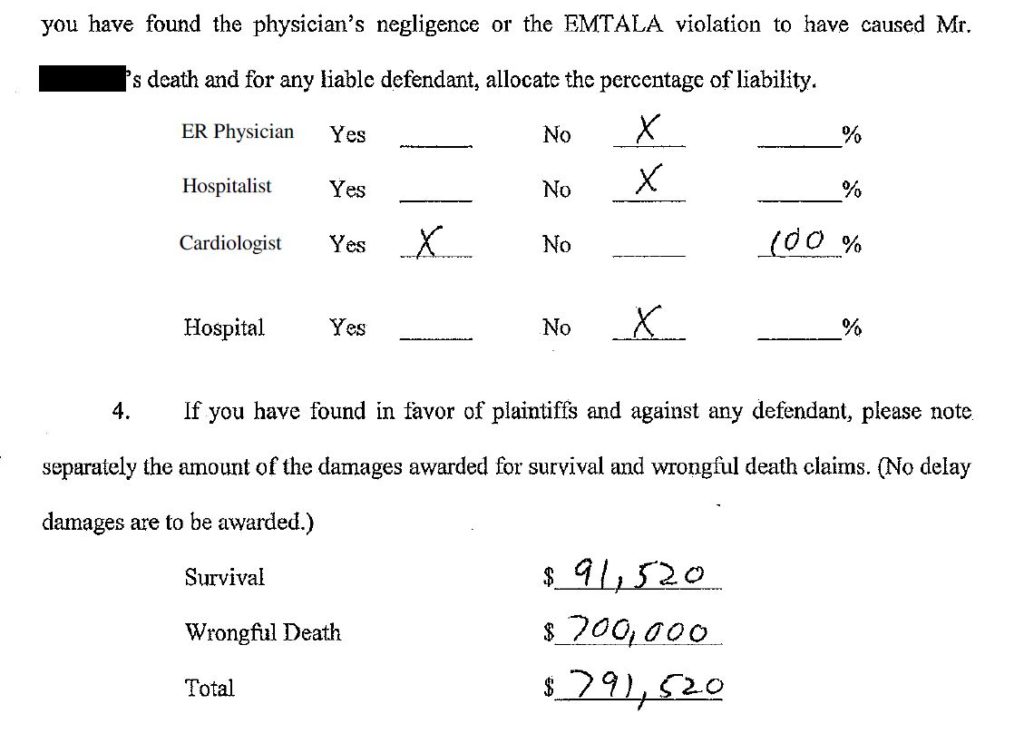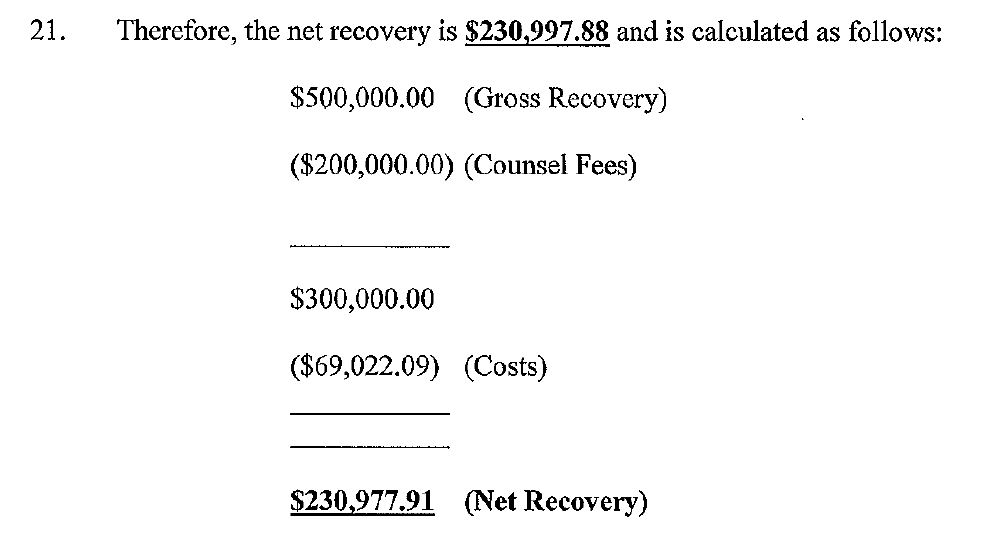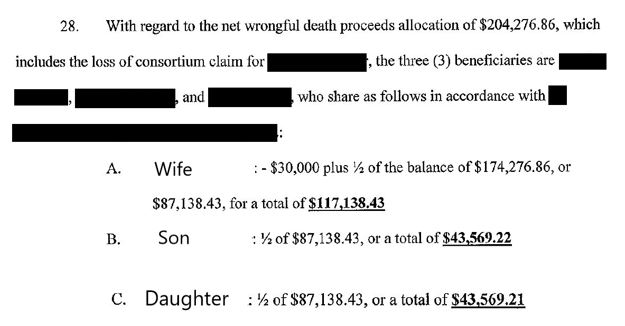As the lawsuit progressed closer to trial, the two sides negotiated concerning a possible settlement. They could not come to a settlement agreement, but eventually agreed to arbitration. Arbitration is a process in which a neutral third party is hired to review the case and reach a verdict, which is then accepted by the court. Arbitration can be used to avoid the time and expense of a prolonged jury trial.
As part of the agreement to proceed with arbitration, the two sides agreed on a minimum and maximum amount of damages. This guaranteed the plaintiff a minimum award (amount not disclosed in court documents), but also ensured the defense that they would not pay over a specific amount (set at $500,000).
The arbitrator reviewed all of the information from the case. After this extensive review, he ultimately found the cardiologist (Cardiologist #1) 100% liable for the patient’s death.
The ED physician and hospitalist were not held liable, nor was the hospital, and he found there was no EMTALA violation.


The damages totaled $791,520, but due to the prior high/low agreement, the court reduced the damages to $500,000.
Per the contingency agreement between the law firm and the patient’s family, the law firm took 40% ($200,000) plus their expenses of $69,022.09.

The remaining amount of $230,977 was split into survival damages of $26,701.05 and wrongful death proceeds of $204,276.86.
The judge split the damages between the patient’s wife, son and daughter. The wife was awarded the survival damages of $26,701.05.
The remaining $204,276.86 from the wrongful death proceeds was distributed as shown here:

The assignment of blame to this cardiologist is a stunning outcome when observed from a physician’s perspective. It is often difficult to understand the rationale behind the legal outcomes from medical malpractice cases. If you are interested in reading deeper into the legal background of medical malpractice cases, get the Med Mal Reviewer eBook. It includes 3 additional medical malpractice cases, with insightful commentary to help physicians understand the complicated legal documents.